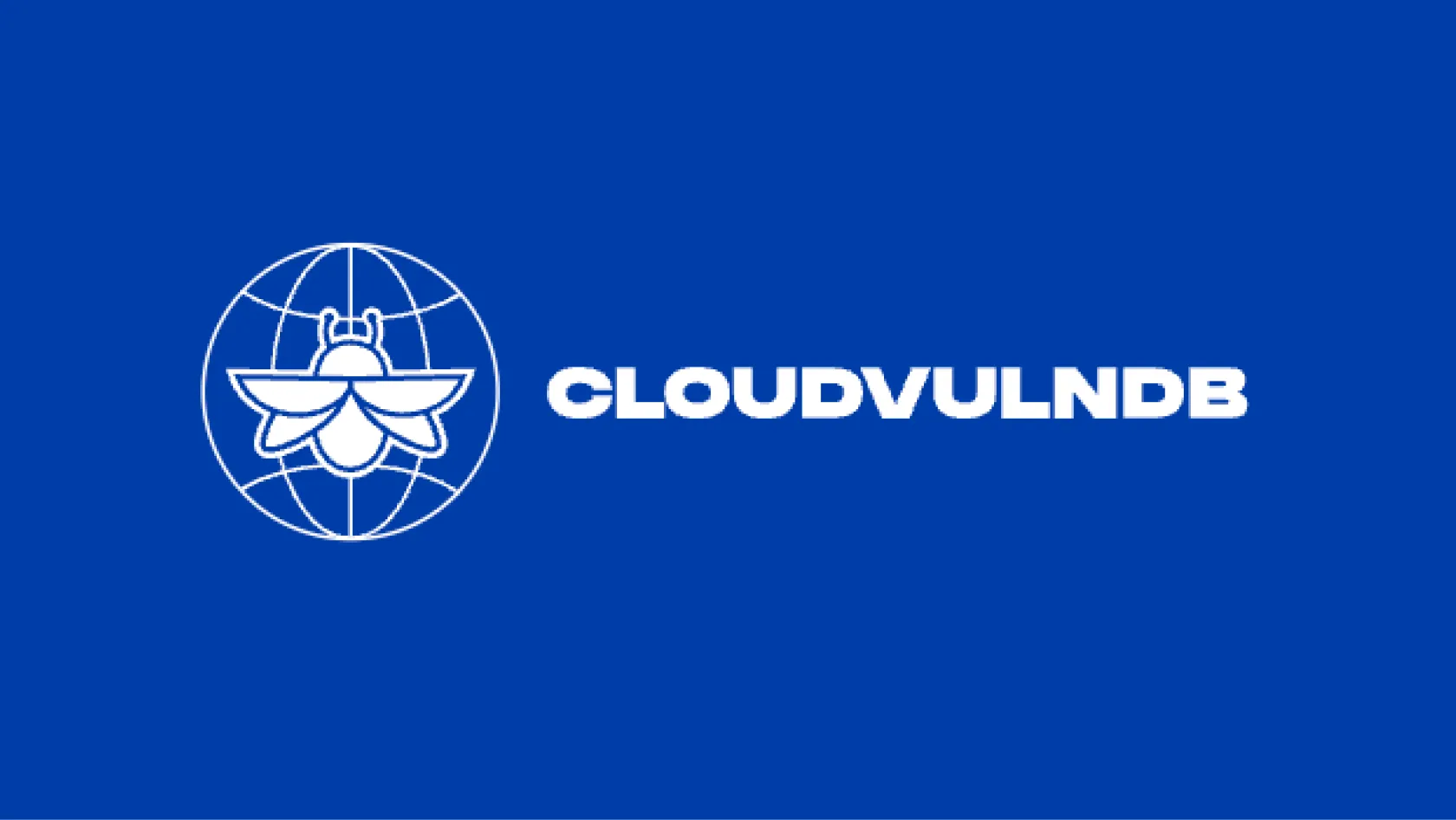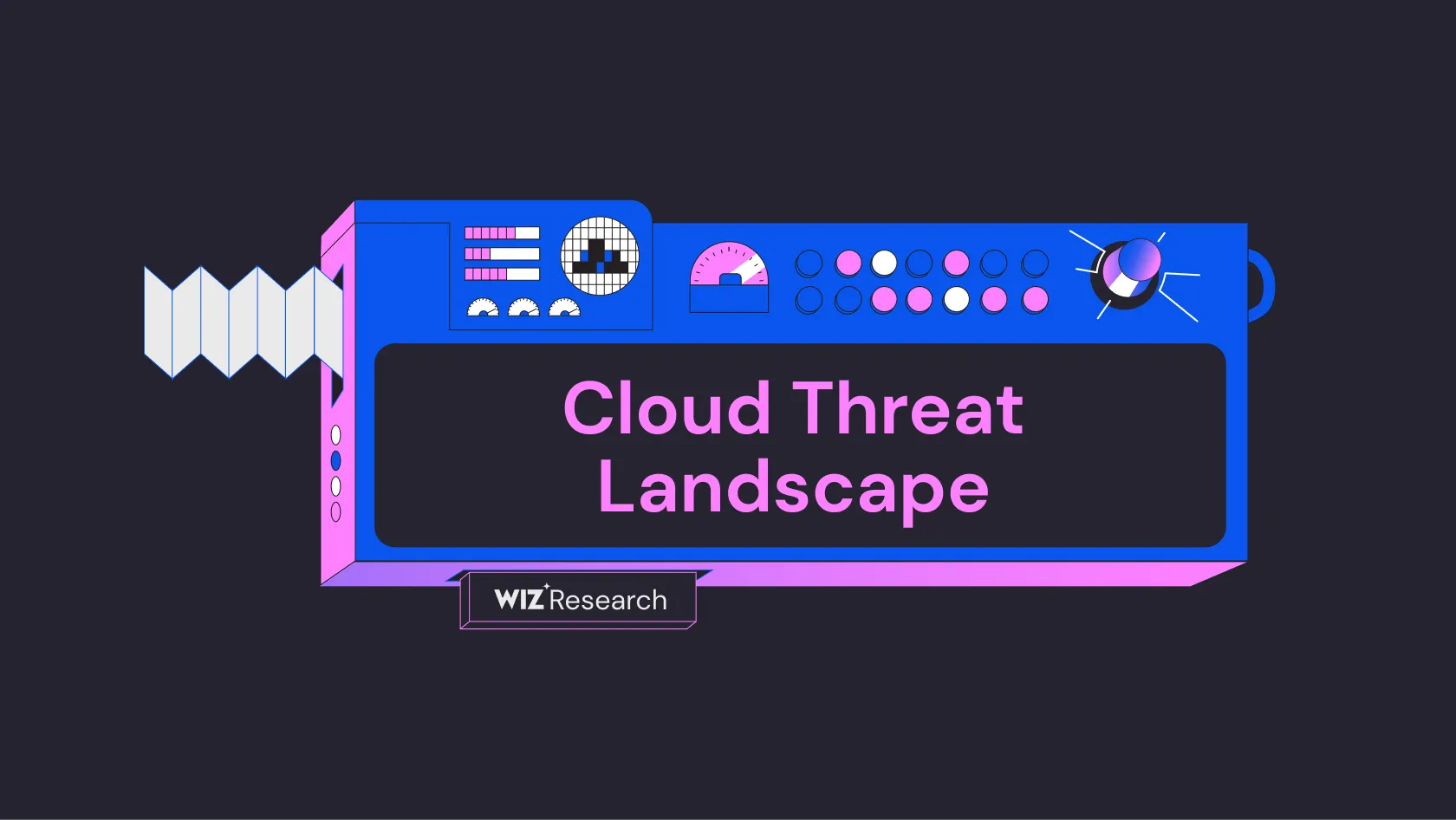
Cloud Vulnerability DB
An open project to list all known cloud vulnerabilities and Cloud Service Provider security issues
CVE-2025-22868 is a security vulnerability discovered in golang.org/x/oauth2 package, disclosed on February 26, 2025. The vulnerability allows an attacker to pass a malicious malformed token which causes unexpected memory to be consumed during parsing. This vulnerability affects versions of golang.org/x/oauth2/jws before v0.27.0 (NVD, Go Vuln).
The vulnerability has been assigned a CVSS 3.1 Base Score of 7.5 (HIGH) with the vector string CVSS:3.1/AV:N/AC:L/PR:N/UI:N/S:U/C:N/I:N/A:H. The issue is classified under CWE-1286 (Improper Validation of Syntactic Correctness of Input). The vulnerability specifically affects the token parsing functionality in the oauth2 package, where malformed input can trigger excessive memory consumption (NVD).
The primary impact of this vulnerability is the potential for Denial of Service (DoS) attacks through unexpected memory consumption during token parsing. The vulnerability affects availability but does not compromise confidentiality or integrity of the system (CISA-ADP).
The vulnerability has been fixed in golang.org/x/oauth2/jws version v0.27.0. Users are advised to upgrade to this version or later to address the security issue. Red Hat has released updates for affected products, including Advanced Cluster Security (RHACS) 4.5.7 (Red Hat).
Source: This report was generated using AI
Free Vulnerability Assessment
Evaluate your cloud security practices across 9 security domains to benchmark your risk level and identify gaps in your defenses.

An open project to list all known cloud vulnerabilities and Cloud Service Provider security issues

A comprehensive threat intelligence database of cloud security incidents, actors, tools and techniques

A step-by-step framework for modeling and improving SaaS and PaaS tenant isolation
Get a personalized demo
“Best User Experience I have ever seen, provides full visibility to cloud workloads.”
“Wiz provides a single pane of glass to see what is going on in our cloud environments.”
“We know that if Wiz identifies something as critical, it actually is.”